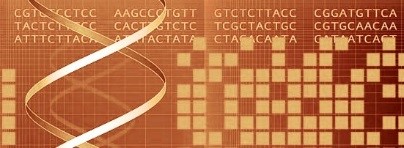Whole genome sequencing
Whole genome sequencing (WGS) is a technique that allows laboratories to establish the complete DNA make-up of a microorganism. This can then be used to identify an organism.

In the past, analysts used techniques such as pulsed-field gel electrophoresis (PFGE) to identify organisms in foods and link them to an outbreak. Unfortunately, unrelated organisms can sometimes look similar and closely related ones can look different. WGS determines an organism’s complete genetic composition with greater clarity.
Over the past five years, high throughput sequencing has become a reality, allowing fast and cost-effective processing of isolates, and the technique has become almost routine.
Each microorganism has a unique genome, and the technique can be used to identify pathogens isolated from food, ingredients and environmental samples. The sequences can then be compared to those from clinical isolates taken from ill patients. If the sequences match, it is possible to make a reliable link between the two.
This ability to differentiate between closely related organisms allows outbreaks to be detected quicker, facilitating more rapid interventions to stop outbreaks and avoid further illnesses.
Dairy Food Safety Victoria (DFSV) has previously used identification tools such as PFGE, PCR, MLVA, MLST and serotyping to identify strains of Listeria monocytogenes isolated from dairy products and their manufacturing environments. DFSV is now using WGS to more accurately identify strains. This will enable enhanced tracking of this important organism in dairy environments, and support appraisal of the effectiveness of preventive controls.
